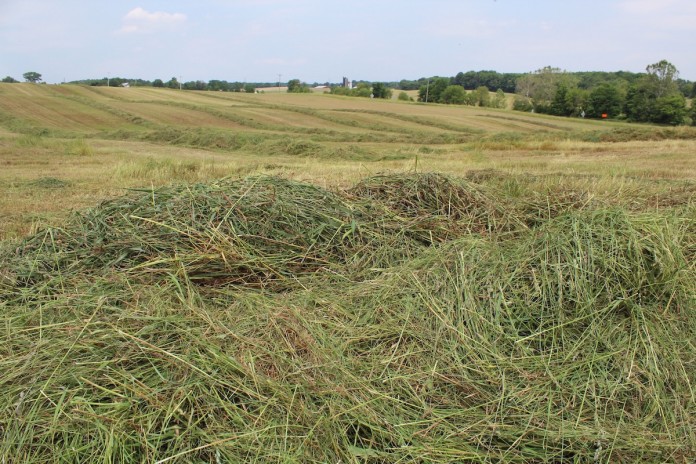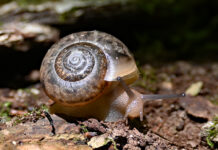We just passed through a May and June that looked more like a July and August if we consider rainfall. Usually, July and August are more likely to put managers under pressure with hot temperatures and limited precipitation that force choices that might often be classified as “which wrong choice is the most right?” as we work to make the best of less-than-ideal conditions.
Timely rainfall is easing the current drought pressure that had been developing locally, but we still have a way to go for summer heat. As we navigate these choices, here are some points to remember.
A goal of managing grazing systems is to keep forage plants healthy and growing so that they meet the nutritional needs of grazing livestock. Two easy principles to follow on that journey are first, the “take half/leave half” concept and, second, provide a rest period so plants can recover.
These principles allow for pastures to sustain over a long period of time and should require less financial investment in the long run.
Take half
When we follow take half/leave half, we are grazing so that we always leave residual leaf cover in the pasture which allows continual photosynthesis and energy capture and provides shading of the soil to cool and support our cool season grasses.
Think about grass leaves as solar panels which always need surface area to harvest sunlight and continue working. Specifically, it is recommended to avoid going below four inches in grazing height with tall fescue and orchard grass. You can also find other species-specific guidelines if needed.
Rest period
The rest period is very important in July and August because cool season grasses grow very slow in typical conditions in our region. Thirty to 60 days is common in a typical summer, but it all depends on temperature and precipitation.
At the time of writing, we were receiving relief from drought that was setting in, but if drought conditions persist, the rest period can be 60 days or more between grazing passes.
Ideally, between 8 and 13 paddocks are usually needed to accomplish these rest periods in order to have somewhere to go while grazed paddocks recover, but we all have to work around what is best on each farm.
Rule of thirds
The risk we incur by cutting grass too short is early decline of pasture, increased weed pressure, perhaps too much ash in hay, decreasing soil moisture, and decreasing soil productivity.
It usually takes four to five days for pasture plants to begin regrowing after a cutting pass, and then we should consider aiming for 8-10 inches in height before regrazing.
I led with the take half/leave half concept in grazing, but in mowing you will often see a “rule of thirds” meaning you should only be cutting one-third of the total leaf area.
The bottom line is that it just is not productive to cut or graze grass too low, and we should do the best we can to avoid it whether we are grazing, making hay or mowing the lawn.
Accumulation and buildup
Another discussion that we see when we are faced with prolonged dry weather is nitrate accumulation and prussic acid buildup. Nitrates occur naturally and when under stress (such as drought), some plants may accumulate excessively high amounts which can increase the likelihood of poisoning.
In brief, plants uptake nitrates from the soil, but in poor growing conditions are not metabolizing the compounds quickly enough which drives the concentration in the plant to high levels. Hungry animals fed a fresh ration are more likely to consume a deadly poison.
If you have concerns, try to limit the rate of intake and be cautious about introducing livestock to new forage too quickly.
Forage testing is always an option. Prussic acid is associated with forages such sorghum, sudangrass, sorghum-sudangrass, Johnsongrass and unimproved Reed Canary grass that are in drought stress or under stress from frost.
Risk management is all about timing, and if you are managing for any of the above-mentioned species, review your protocols so you don’t feed or graze on these species too quickly after a weather-induced stress event.
It is possible to test for prussic acid in plants and fully cured hay or completely fermented silage should not lead to concentration problems. Forages in the boot stage of growth, new shoots and heavy nitrogen fertility applications increase the risk for prussic acid poisoning after drought or frost.
Fortunately, everything covered here so far has plenty of history to support it. Hopefully, this serves as a reminder for a few items to pay attention to and some risks we might see this year.
When it comes down to the bottom line, mowing height can make a huge difference and should be a strong focus in your pasture and hay management choices.













